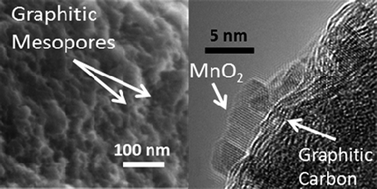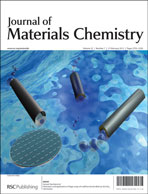High pseudocapacitance of MnO2nanoparticles in graphitic disordered mesoporous carbon at high scan rates†
Abstract
Nanocomposites composed of MnO2 and graphitic disordered mesoporous carbon (MnO2/C) were synthesized for high total specific capacitance and redox pseudocapacitance (CMnO2) at high scan rates up to 200 mV s−1.


 Please wait while we load your content...
Please wait while we load your content...